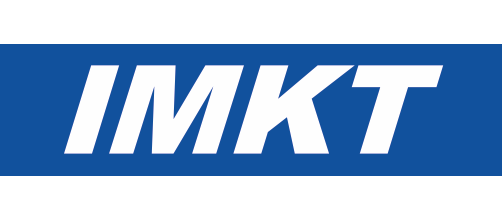Characterization and Modeling of Nano Wear for Molybdenum-Based Lubrication Layer Systems
- verfasst von
- Bernd Arno Behrens, Gerhard Poll, Kai Möhwald, Simon Schöler, Florian Pape, Dennis Konopka, Kai Brunotte, Hendrik Wester, Sebastian Richter, Norman Heimes
- Abstract
As a result of global economic and environmental change, the demand for innovative, environmentally-friendly technologies is increasing. Employing solid lubricants in rolling contacts can reduce the use of environmentally harmful greases and oils. The aim of the current research was the development of a solid lubricant system with regenerative properties. The layer system consisted of a molybdenum (Mo) reservoir and a top layer of molybdenum trioxide (MoO3). After surface wear, Mo is supposed to react with atmospheric oxygen and form a new oxide. The determination of the wear volume of thin layers cannot be measured microscopically, which is why the wear behavior is initially determined on the nano level. In this work, single Mo and MoO3 coatings prepared by physical vapor deposition (PVD) are characterized by nano testing. The main objective was to determine the wear volume of the single coatings using a newly developed method considering the initial topology. For this purpose, nano-wear tests with different wear paths and normal forces were carried out and measured by in situ scanning probe microscopy (SPM). Based on the characteristic values determined, the coefficient of wear was determined for wear modeling according to Sarkar. The validation of the wear model developed was carried out by further wear tests on the respective mono layers.
- Organisationseinheit(en)
-
Institut für Umformtechnik und Umformmaschinen
Institut für Maschinenkonstruktion und Tribologie
Institut für Werkstoffkunde
- Typ
- Artikel
- Journal
- Nanomaterials
- Band
- 11
- ISSN
- 2079-4991
- Publikationsdatum
- 21.05.2021
- Publikationsstatus
- Veröffentlicht
- Peer-reviewed
- Ja
- ASJC Scopus Sachgebiete
- Chemische Verfahrenstechnik (insg.), Werkstoffwissenschaften (insg.)
- Elektronische Version(en)
-
https://doi.org/10.3390/nano11061363 (Zugang:
Offen)


